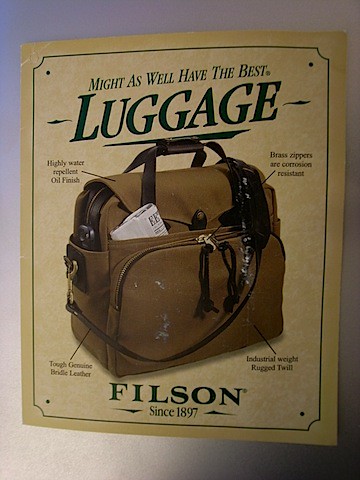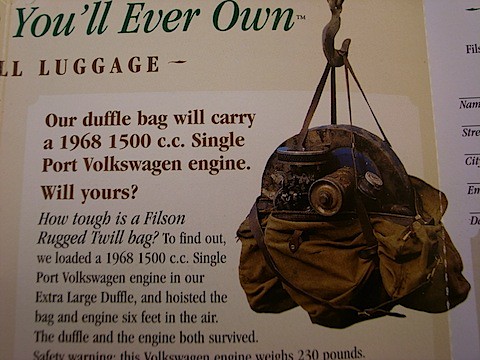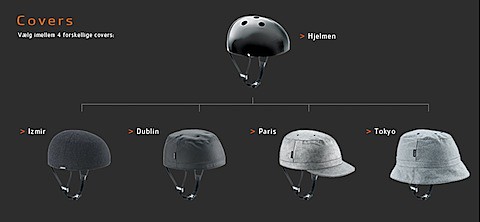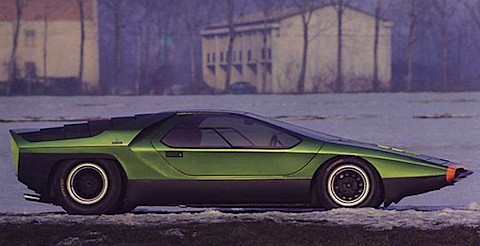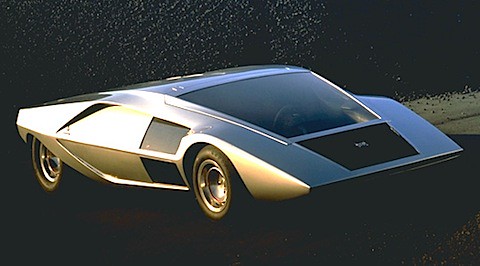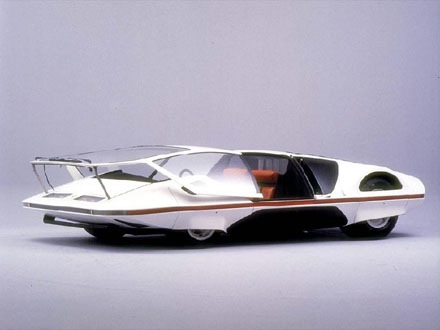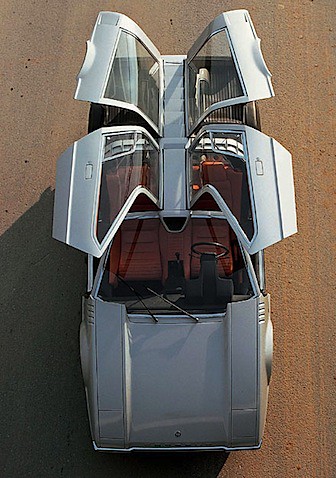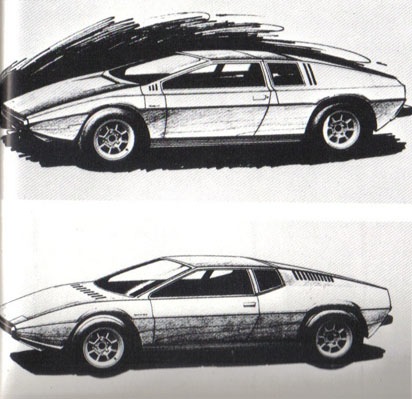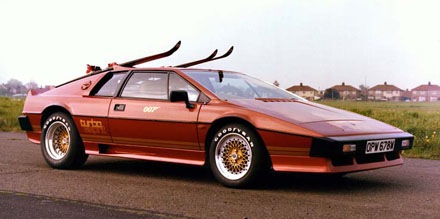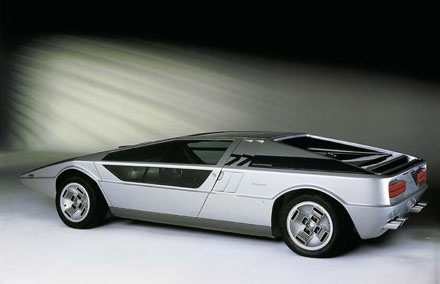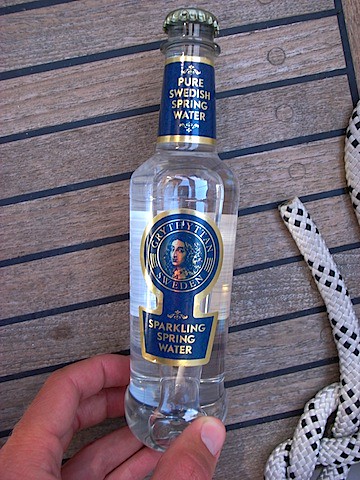A few Swedish blogs (here they are
1,
2,
3) have spent some time discussing if advertising needs a message. I believe it was all sparked by
this article by Paul Feldwick.
For those of you who can't read Swedish (don't worry, we're only 9 million people), I can just quickly recap the discussion: They are discussing whether advertising should have a message, must have a message (since message is equal to meaning), or shouldn't have a message but rather a topic to sparc discussion. (Sorry 1, 2, 3 for the simplification).
I'm not so sure about defining
message as being the same thing as
meaning. A message is the code being sent, while meaning is the interpretation of the code. And that interpretation is dependent on many factors. I do agree on, on the other hand, that there needs to be some sort of message from someone (not necessarily the advertiser) in order for someone on the recieving end to have something to interpret, and thus make meaning out of.
First of all I would like to say that
meaning doesn't have to be rational. It never is entirely, and most of the time it's predominatly emotional. For the most part we interpret with our emotions and try to explain our interpretations rationally. And that I think is one of the main points of Mr Feldwick's. So messages are most of the time interpreted into meaning without us ever knowing.
So what about
messages? That's a little more complicated. A message is carried from point A to point B (where B can be anything from one person to several million). But it can also be forwarded on to C, D, and onwards (C and D can also be huge numbers). The can be distorted along the way, and will almost certainly be interpreted differently. Rational messages will be easy to interpret rationally, but will a lot of times lead to less stimulating emotional responses. Emotional and irrational messages can, if they are good, create a much stronger emotional response, a much wider spread (B, C, D, and onwards), and be more effective in attaching emotional values to the brand. But they require more talent (or luck) to create and a lot of trust from the client (I can only imagine the initial client response to the
Cadbury's gorilla).
So to answer the question if advertising needs a message, I would say yes. All communication does. But it doesn't have to be a rational message, and the sender may be aware that there are many possible interpretations. In that case it's similar to art or poetry really. And advertising agencies would never claim to be in the business of art or poetry (besides the thursday night art club). But "branded content" is the hottest thing there is right now. I see paradox here.
My conclusion then:
Don't assume that messages and meanings interpreted out of those messages have to be rational. Meanings never are anyway, and succesful messages rarely are. And that's why succesful advertising agencies need talent. Emotional and artistic talent.


